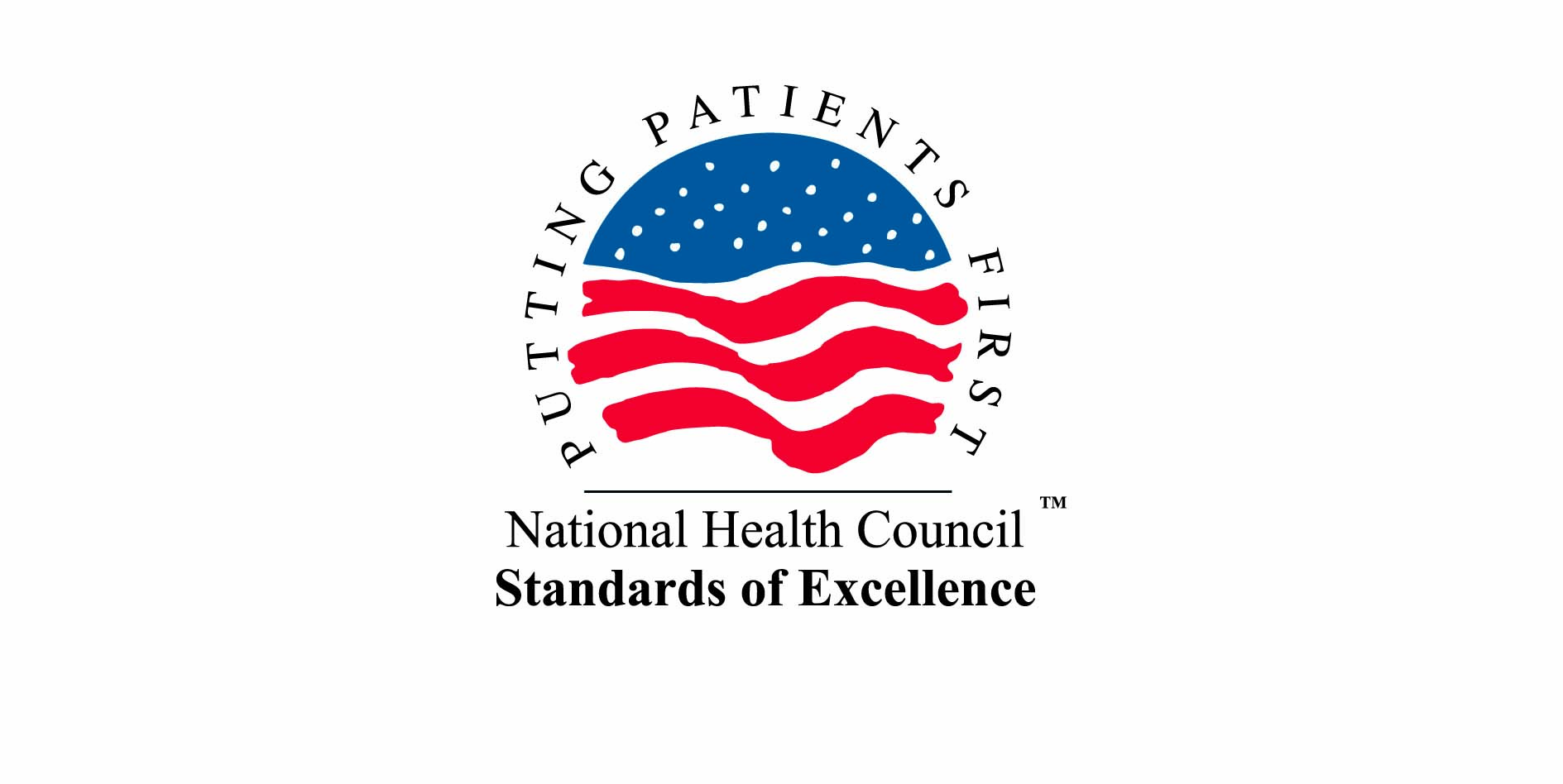NHC Standards of Excellence: Board and Governance Best Practices
07/05/2019
In our last post we reviewed the ten minimum Standards of Excellence (Standards) that NHC voluntary health agencies (VHAs), also known as patient advocacy organizations, must meet in order to apply for NHC membership. Patient advocacy members meet the NHC Standards of Excellence, demonstrating the highest degree of accountability and transparency. This post will build on several requirements within the Standards that cover board of directors and governance best practices.
The governing board of a nonprofit organization should aim to follow standards to ensure it is effectively meeting the needs of the organization. The NHC’s Standards of Excellence includes five vital best practices that can drive those developing their boards to set a strong foundation for a highly functional board.
Board members should be aware of their responsibility in governing.
A full “job description” for board members helps ensure that both the organization’s senior staff and board are aware of the duties required of the position. Clearly defined roles and responsibilities can help minimize issues such as authority conflicts, duplication of work, miscommunication, and can increase productivity. This includes expectations for both board officers and non-officers, as all members need clear goals to wholly support the organization. Additionally, committee charges (or, a listing of specific responsibilities for each committee) can be an excellent way to outline objectives and assure board oversight of the work undertaken. The Standards of Excellence require a committee charge and list of job duties for board members, both of which must be board-approved.
An adequate number of board members for your needs and setting of term limits.
The board of an effective organization should consist of enough members to ensure diversity of both opinion and experience. It can be difficult to decide on the right number of board members, especially at a time when the number of board members is steadily decreasing. The “right number” will vary, but evaluating overall productivity and influence is the first step to detecting whether or not the board has a satisfactory number of members. Many nonprofits aim to have an odd number of board members to always ensure a quorum and tie-breaking votes, while capping the number of members to ensure that each member is actively contributing to discussion and meeting the expected responsibilities. While some recommend a minimum of three to five board members, the Standards require at least eight.
Further, rotating board members with differing experiences and connections assures supporters that the organization’s mission and goals are not being subjected to the personal interests of individuals or a group. Because a revolving board is so imperative for wide and varied discussion of the organization’s affairs, operating with board term limits is a Standard that patient organizations must meet before applying for membership with the NHC. Still, it can be worthwhile for a board member in an honorary or advisory capacity to remain on the board to offer objective counsel when needed.
Ensure active participation in board meetings.
As the board oversees the functions of an organization, it is important that each board member is actively involved in governance. Regular board meetings are an important opportunity for all board members to discuss relevant topics and make decisions on the organization’s affairs in a definitive way. One way to ensure that the entire board comes together to lead is by implementing a board-approved attendance policy specifying the number of regular meetings that will take place each year and any terms of the meeting (including inclusion of action items for discussion or setting a certain amount of notice for each meeting). Providing board members with this documentation will set an expectation that their presence is both beneficial and necessary at regular meetings and that members may be subject to removal for not doing so. The Standards require board-approved documentation on board attendance to further assure that board members are being engaged in the affairs of the organization.
Promote board transparency and accountability through a Conflict of Interest policy.
Preventing real or perceived conflicts of interest is vital for maintaining public trust. The board, as a whole and as individuals, has a duty to put the organization’s well-being above their personal interests and to make decisions that are best for the organization. To this end, organizations often have board members complete a disclosure form for any relationships with a potential connection to the organization, including employment, membership on a governing board, a fiduciary relationship, or grants/research support. Additionally, the organization ensures that board members are not compensated for their service, although the definition of compensation typically excludes reimbursement for reasonable expenses to fulfill their duties. A board-approved policy on board compensation can define these “reasonable expenses” (e.g. airfare). Donors, supporters, and other relevant parties should be able to feel confident that an organization’s board members do not personally benefit from their decisions on organizational policies, activities, or business relationships.
A governing board has an excellent chance of effective governance if it meets these four criteria outlined in the NHC Standards of Excellence. While this list is by no means exhaustive, each point serves as a reminder that it is important to think in terms of diversity, regular engagement, and overall effectiveness when developing leadership for charitable organizations.
